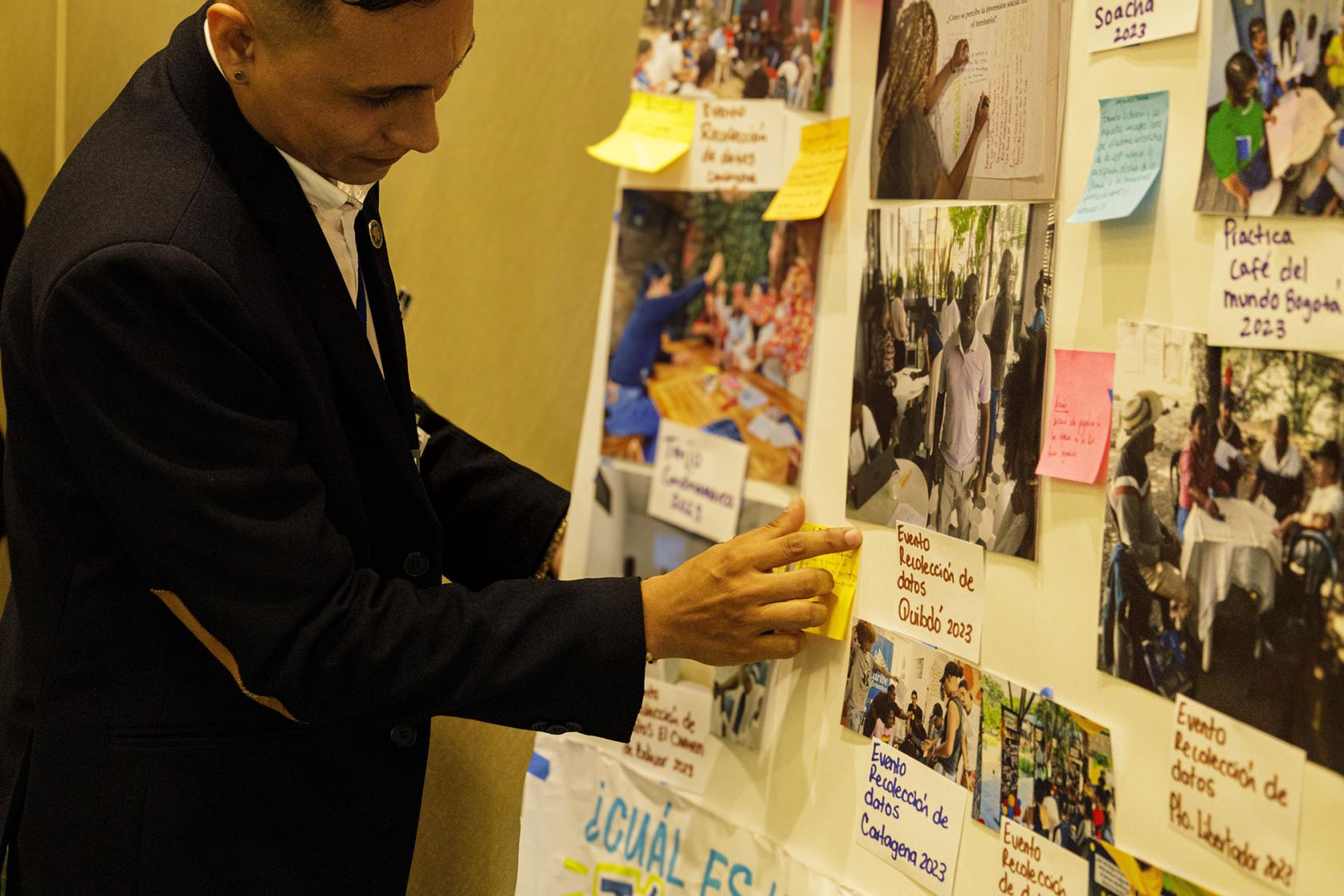Participatory Action Research – An Overview
Participatory action research (PAR) is a collaborative, constructivist approach to research that traces its early roots to Colombia with the work of sociologist Fals Borda in the 1970s.
While conventional research and policymaking processes often overlook marginalized populations, such as youth or the poor, PAR acknowledges that these populations have expert knowledge derived from their everyday participation in the contexts under investigation. In short, people are experts in their own lives.
PAR allows these embedded, community-based actors to become the researchers on community problems and contribute to the co-generation of knowledge on drivers and solutions.
PAR can help inform project design, project evaluation and for organizational learning processes. The unifying element across these applications is that those experiencing the issue directly have significant expertise and capacity to analyze and generate solutions from within the existing context.
And in post-conflict and conflict-affected contexts, the PAR approach can function as a core peacebuilding tool, just like mediation or dialogue, because it facilitates the surfacing of knowledge across diverse and often conflicted perspectives. It has the potential to catalyze collaborative action toward shared goals and understandings, particularly in polarized societies. In contrast to government-led, top-down peacebuilding processes, PAR is an inherently bottom-up approach centered on bringing community stakeholders together to generate a multidimensional view of the problem as well as potential solutions.

USIP’s PAR Program
First piloted at USIP with Generation Change fellows in Kenya in 2017 in the cities of Nairobi, Mombasa and Kisumu, USIP’s PAR program has proven to be effective at equipping youth with the skills and tools needed to create knowledge and generate local possibilities for change that are rooted in the diverse experiences and perspectives of conflict-affected contexts.
In September 2022, USIP broadened the program and began a PAR process in Colombia with 19 youth peacebuilders across eight of Colombia’s departments to expand the global network of PAR practitioners.
Participatory Action Research Colombia National Report

English
The report details a year-long process by 19 youth researchers from Colombia, using Participatory Action Research (PAR) to explore internal youth migration. It covers the methodology, process, and findings and provides recommendations derived from local knowledge through community engagement and feedback.

Spanish
El informe resume un estudio de un año sobre la migración juvenil interna realizado por 19 jóvenes colombianos, usando la Investigación Acción Participativa (IAP). Abarca la metodología, el proceso y los hallazgos, y recomendaciones basadas en la participación y retroalimentación comunitaria.
A PAR process facilitated by USIP consists of four distinct phases:
- Research Design: Youth researchers identify the most pressing issues facing their local context and determine what they know and do not know about the causes and impacts of these issues, thus creating a research question that will help them to more deeply analyze and understand the multiple factors and actors involved in the conflict or issue area.
- Data Collection: After identifying the main actors with knowledge of the issue, youth researchers create participatory data collection tools that allow them to engage creatively with diverse stakeholders in the community to deepen their knowledge about the situation and the roles of different actors and institutions.
- Data Analysis: Having collected the data, the youth researchers collectively analyze the information to determine the key forces and practices at the root of the issue in question, developing recommendations that can be implemented at the community level.
- Sharing Findings: The youth researchers share their findings with their communities and invite key stakeholders to make commitments for implementing recommendations that will directly address their issue and causal factors.


